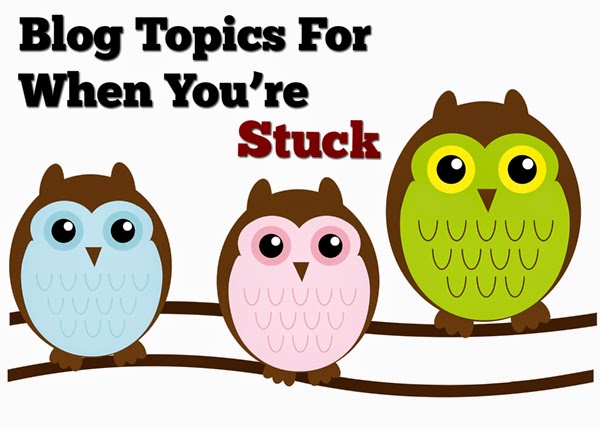We’ve all heard the sayings:
“Rewriting is the essence of writing,” William Zinsser
“The best writing is rewriting,” E.B. White
“All writing is rewriting,” John Green
I agree wholeheartedly. I believe that rewriting is the essence of good writing. I also believe rewriting is a skill that, like any skill, takes time and much practice to acquire.
But I know some folks won’t agree with me, so let’s look at a few of their arguments.
Rewriting Can Strip A Story Of Soul
This can happen. Beginning writers do have the tendency to edit the soul out of their stories. I know I did.
When I first began writing, rewriting was NOT my friend. I recently dug some of my earliest stories out from the shoeboxes I’ve lovingly interred them in. I write in drafts, always have, saving versions 1 to ... well, to however high it goes.
For my oldest stories, my beginner stories, the first draft, perhaps even the second draft, had a sort of quirky personality. A mood was communicated. Yes, the story itself needed a lot of work, but there was something there, a spark. Then I read the versions of the story that followed and saw that spark dim and finally die.
So, yes. I agree. Rewriting doesn’t necessarily make something better, sometimes it just spoils it.
How can we prevent this? I believe that this is where the craft, the techne, of writing comes in. Part of the reason writers must write regularly is so we can practice rewriting. It’s also helpful to get feedback from folks who know how to spot where we’ve gone off the rails. This is especially important in the beginning. After a while we get a feel for it; this is often called developing our distinctive voice.
So, yes, writing can strip a story of its soul, but that just means we need to write a lot and read a lot and solicit feedback from people whose opinion we respect, because that’s how one gets better.
Rewriting Takes Time
That’s true. Rewriting does take time. A LOT of time. Time that could be spent doing other things.
And it’s true that if one wants to make a living at writing one must produce work on a schedule. If one must put out, say, a 60,000 (or greater) word book every three months then the amount of time one has for rewriting is curtailed.
Some folks have a knack for writing strong prose and a gripping story in a staggeringly brief amount of time. It’s a skill, and my guess is they were pretty good storytellers to begin with.
In any case, yes rewriting takes time and how fast one can put a book out can determine (at least if one isn’t a New York Times Best Seller) whether one can make a living at this.
But, as I said above, learning to rewrite both well and quickly is a skill, and to hone a skill takes practice. Sometimes a LOT of practice. If you’re not there yet, don’t give up. In this case, slow and steady does win the race.
Only New Words Count
I used to believe this.
For a time I was convinced that if one wasn’t writing new words that one wasn’t writing. Rewriting and editing didn’t count. (Which isn’t to say that one doesn’t need to edit one’s work. One does.)
Harlan Ellison is famous for sitting in a bookstore and, with a crowd looking on, writing a short story in a matter of hours. (See, “Dreams With Sharp Teeth”)
Jack Kerouac wrote “On The Road” in three short weeks, a book called one of the 100 best English-language novels of the 20th century. Here’s a sample:
“The only people for me are the mad ones, the ones who are mad to live, mad to talk, mad to be saved, desirous of everything at the same time, the ones who never yawn or say a commonplace thing, but burn, burn, burn like fabulous yellow roman candles exploding like spiders across the stars. (Jack Kerouac, On the Road)”
Beautiful! Some folks mock writers who can write a story in one draft by calling them typists rather than writers, but I say, “Type away!”
Lester Dent, perhaps the most famous of the pulpateers, at times wrote over 200,000 words a month and made a nice living even during the depression era. He never rewrote and editing was left to the publisher. I’ve read some of his stories, for first drafts they are amazing.
But being able to produce publishable prose on a first draft is rare and I think that, sometimes, even in those cases, taking a second pass at the material would have only improved it. (But some books, books like “On The Road,” are perfect as they are. It would be a crime to change them.)
I also think that certain stories, perhaps even certain statements, are best made from the heart in one great orgasmic rush. To rewrite them wouldn’t improve them.
So, to sum up, these days I do wholeheartedly, believe that for the overwhelming majority of writers, both professional and amateur, rewriting is indeed the essence of good writing.
That’s it! See you next week.












